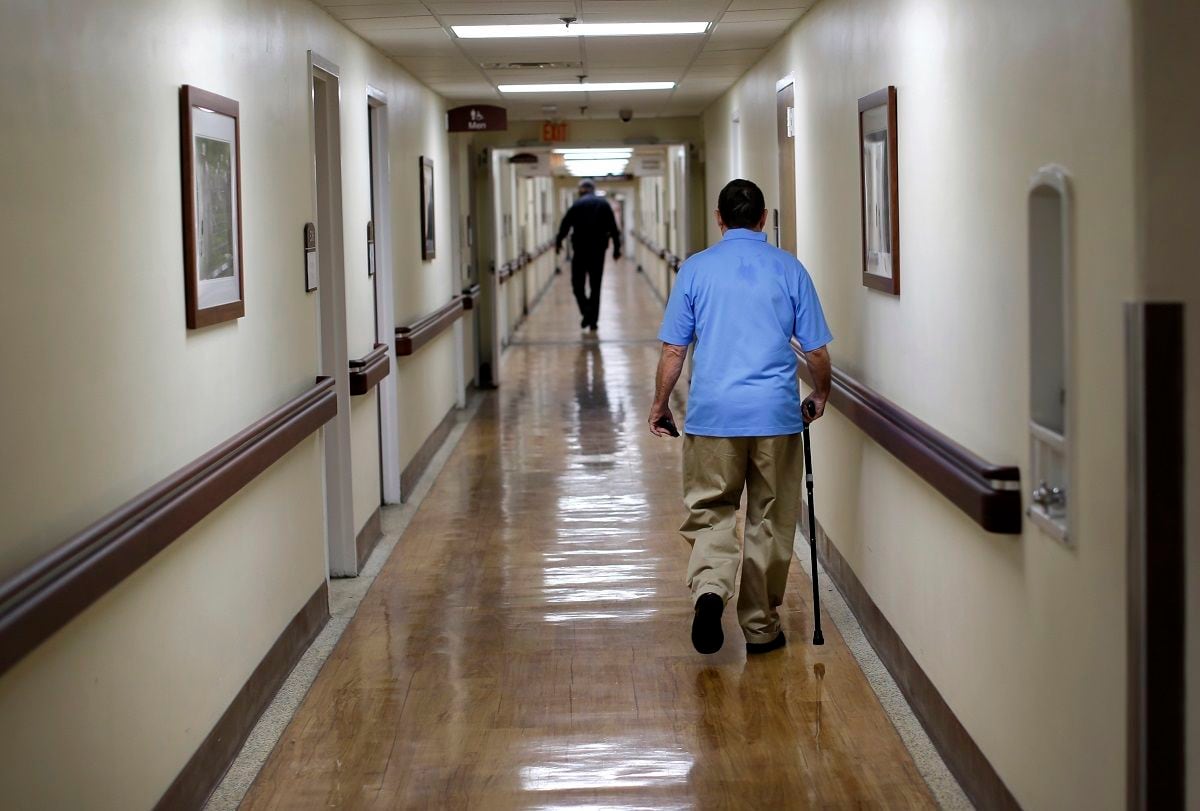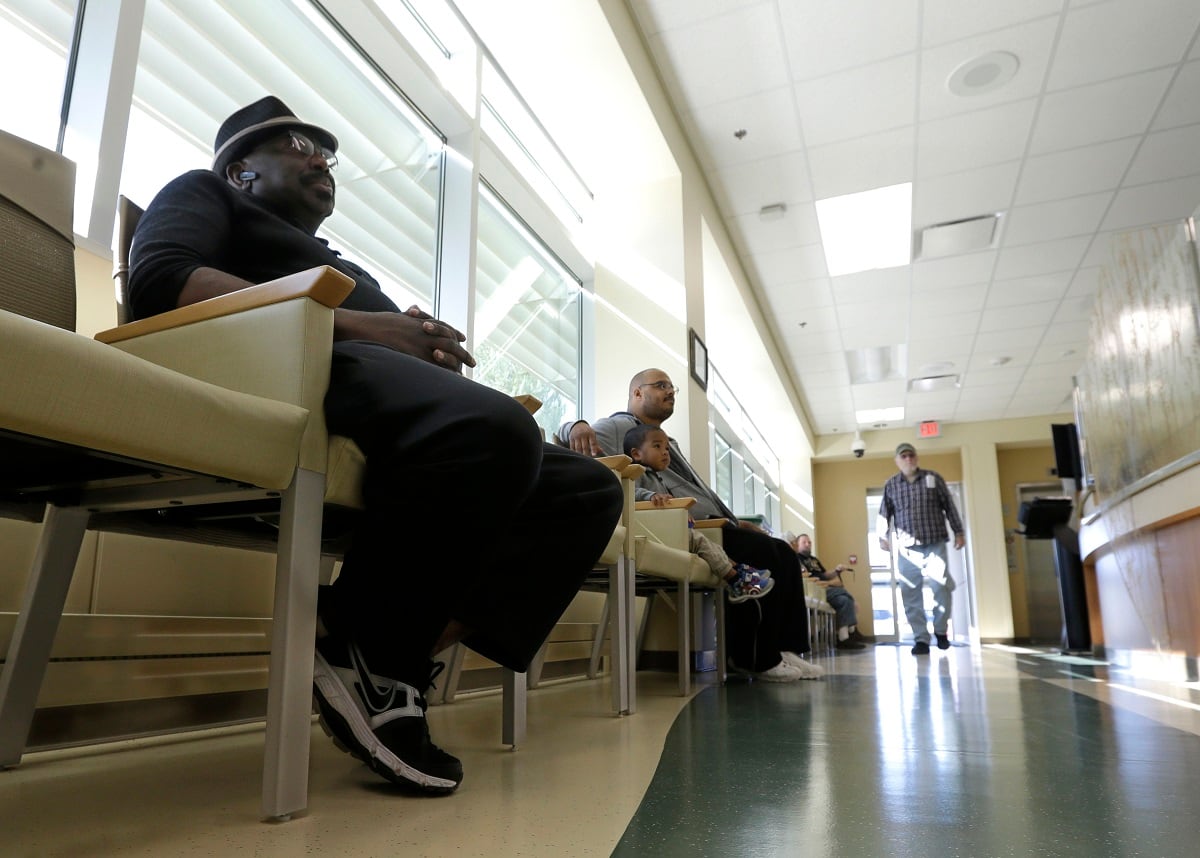WASHINGTON — More than one million veterans will be eligible for taxpayer-funded nursing home services within the next five years, according to the latest estimates from federal administrators trying to balance the costs of institutional care with alternative options allowing those individuals to stay in their homes.
Already, the annual costs of nursing home care have risen to almost $6 billion, Veterans Affairs officials told lawmakers at a congressional hearing last week. By 2024, that number could top $10 billion, a significant portion of the department’s overall budget.
“As veterans age, approximately 80 percent will develop the need for some long-term services and support,” Dr. Teresa Boyd, assistant deputy undersecretary for health at the Veterans Health Administration, told lawmakers. “The aging of the veteran population has been more rapid and represents a greater proportion of the VA patient population than in other healthcare systems.”
RELATED

By law, VA officials must provide nursing home care for veterans with service-connected disabilities rated 70 percent or more. The department currently maintains 156 state homes across all 50 states.
But a study by USA Today and the Boston Globe last fall found that about two-thirds of those facilities scored worse than private-sector nursing homes in a series of quality indicators last year.
And VA officials acknowledge that many veterans are seeking options to remain at their own homes or with family caregivers rather than enter the institutions, a shift in cultural preferences in recent years.
“There's an urgent need to accelerate the increase and the availability of the services since most veterans prefer to receive care at home,” Boyd said. “And VA can improve quality at a lower cost.”
Dr. Scotte Hartonft, acting director of VA’s Office of Geriatrics & Extended Care, said programs like adult day care, home-based primary care and tele-health options have been extended significantly in recent years. He called those programs a win for both veterans and the department.
“It provides (veterans a) choice, but it also is much less expensive than nursing home care,” he said.
RELATED

Two years ago, VA officials launched the Choose Home Initiative to promote and expand more home care initiatives. Hartonft said five VA medical centers are running pilot programs related to that goal, with an eye towards expansion in coming years.
Lawmakers said that work is critical, not only for today’s elderly veterans population but for the long-term issues facing the Iraq and Afghanistan war generation.
“Looking forward to 2035, the veterans of Afghanistan and Iraq will be middle aged, they’ll have health issues much like the Vietnam veterans experience today,” said Rep. Sanford Bishop, D-Ga. “They have the co-morbidities of post-traumatic stress, traumatic brain injury, palliative traumas. How is VA going to address this?”
More information on VA long-term and geriatric care is available at the VA web site.
Leo covers Congress, Veterans Affairs and the White House for Military Times. He has covered Washington, D.C. since 2004, focusing on military personnel and veterans policies. His work has earned numerous honors, including a 2009 Polk award, a 2010 National Headliner Award, the IAVA Leadership in Journalism award and the VFW News Media award.




